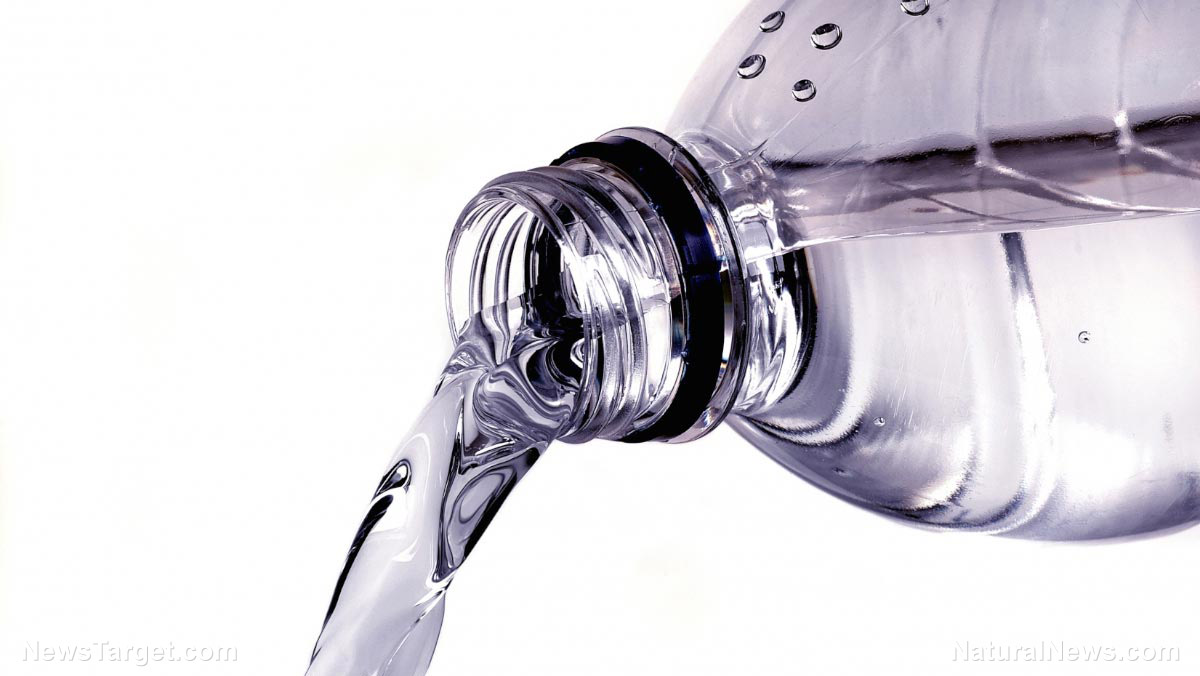
Performed by a research team from Orb Media and held in a laboratory at the State University of New York (SUNY), the experiment surveyed more than 250 individual samples of bottled water from 11 brands. Only a few of the bottles proved to be free of microplastics, while some of the contaminated containers had thousands of tiny bits of plastic.
All tested brands had microplastics in some of the bottles. The biggest offender came from Nestle – one particular bottle of Nestle Pure Life contained more than 10,000 particles per liter of water.
Nestle and another bottled water manufacturer, Germany-based company Gerolsteiner, disputed the results of the Orb Media study. Both companies claimed that they tested their own products and found far smaller amounts of microplastics in the water. (Related: SHOCK: 90% of table salt contains tiny pieces of plastic.)
Microplastic contaminants are now found in many bottled water products
The Orb Media-SUNY experiment used a particle-spotting technique developed by University of East Anglia (UEA) biochemistry researcher Andrew Mayes. He warned that microplastic contamination of bottled water could affect glass bottles as well as plastic bottles.
"The study mostly focused on plastic bottles, but one batch of glass ones were checked for comparison," he noted in an interview. "It turns out that the glass ones have microplastics too."
There is not enough data regarding the effects of tiny plastics on human health. But the World Health Organization announced that it will investigate the possible health risks of accidentally consumed microplastics.
While most microplastics are believed to eventually pass out of the body, the smallest pieces could end up trapped in the kidneys, liver, and other organs. Microplastics of this size happen to be the ones found in the recently evaluated bottled water.
The other potential health concern about microplastics is the possibility that plastics release toxic chemicals during their stay inside the body. So the plastics could still be causing health problems long after they were gone.
What can be done to reduce microplastic pollution of bottled and tap water?
Back in 2017, Orb Media held a similar study. Its researchers reported finding signs of microplastic contamination in samples of tap water around the world. Plastic particles have also been discovered in beer, honey, table salt, and especially seafood. Many marine lifeforms have also been contaminated by the increasing plastic waste in the oceans.
In recent years, European countries recognized the environmental and public health problems caused by plastic pollution. The European Union (EU) expressed its desire to switch over to recyclable plastics by 2030. Meanwhile, the U.K. set a goal of getting rid of avoidable plastic products within 25 years.
EU regulations already forbid the presence of contaminants in bottled water. But there is no specific mention of microplastics. Similarly, the U.S. lacks any laws that address microplastic contamination of food and drinks.
Going back to the Orb Media study, Mayes attributed most of the microplastic contaminants in bottled water to the packaging process.
"Microplastics in the original water source cannot be ruled out, but seem unlikely in most cases because the water is either pumped up from aquifers (where it has been filtered through ground and rock, over many years) or it is exhaustively filtered and purified as part of the production process," he pointed out. "It is hard to see how microplastics would sneak through that process, unless filters or beds are damaged in some way."
Sources include:
Please contact us for more information.






















